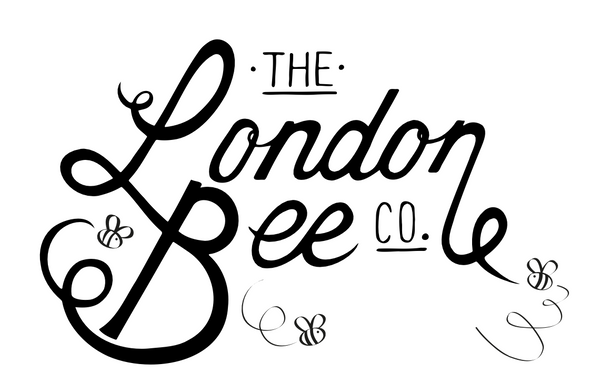Honey Harvest and Extraction
•Posted on August 01 2016

The July nectar flow seems to be in full swing, and to ensure we can keep the distinctive flavours of our spring / summer honey, we started extracting a couple of the bigger hives. It’s good practice as we can give back the comb to the bees which they can re-fill without having to rebuild comb from scratch.
I removed the supers from the hives at around 2PM on one of the hottest days of the year and found that there were not a huge number of bees up in the supers so opted to just brush off any bees and take away the full frames. Once back in the extraction room, we can see the lovely perfectly filled super frames ready to be extracted.

The first task before putting the frames into the extractor is to remove the beeswax cappings. To do this, I simply use an uncapping tool to remove just the top layer of wax which seals in the honey:

It’s quite a sharp tool, so best to approach it with some caution.

The uncapping tool gets clogged up quite quickly so I keep a bowl close to hand so the capping stuck to the tool can be removed and saved for rendering later.

Once all the capping have been removed, the frames are placed into the extractor where they are spun until all the honey in the frames has been removed. This method is better than pressing comb as the honey comes out cleaner and the comb is not ruined and can be reused.


Once all the honey has been spun out, the empty comb can be seen below. It’s amazing how much lighter the frames become after extracting the honey and is a great indication of how strong honeycomb really is:


The honey is then allowed to settle for a while so that any stuck to the sides of the extractor can make its way down to the bottom of the tank. After this, we open up the tap and allow the honey to flow through a double strainer (first filter catches the bigger pieces of wax and the second the finer bits) into our settling tanks.



Once through the filters the honey is nice and clear with no wax particles floating about
The honey is then allowed to sit for 24 hours so any air bubbles or any wax that has managed to make it through is allowed to rise to the surface after which its ready for bottling.


More Posts
-
The Beauty of Honey...
Ever wonder what we do with our honeycomb? this is a little information of how we process all that leftover beautiful honeycomb
Read More -
The Art of Beeswax ...
Step into the world of BEESWAX CANDLESTICK making, where you’ll not only craft exquisite, eco-friendly candles but also unlock the secrets of beesw...
Read More





